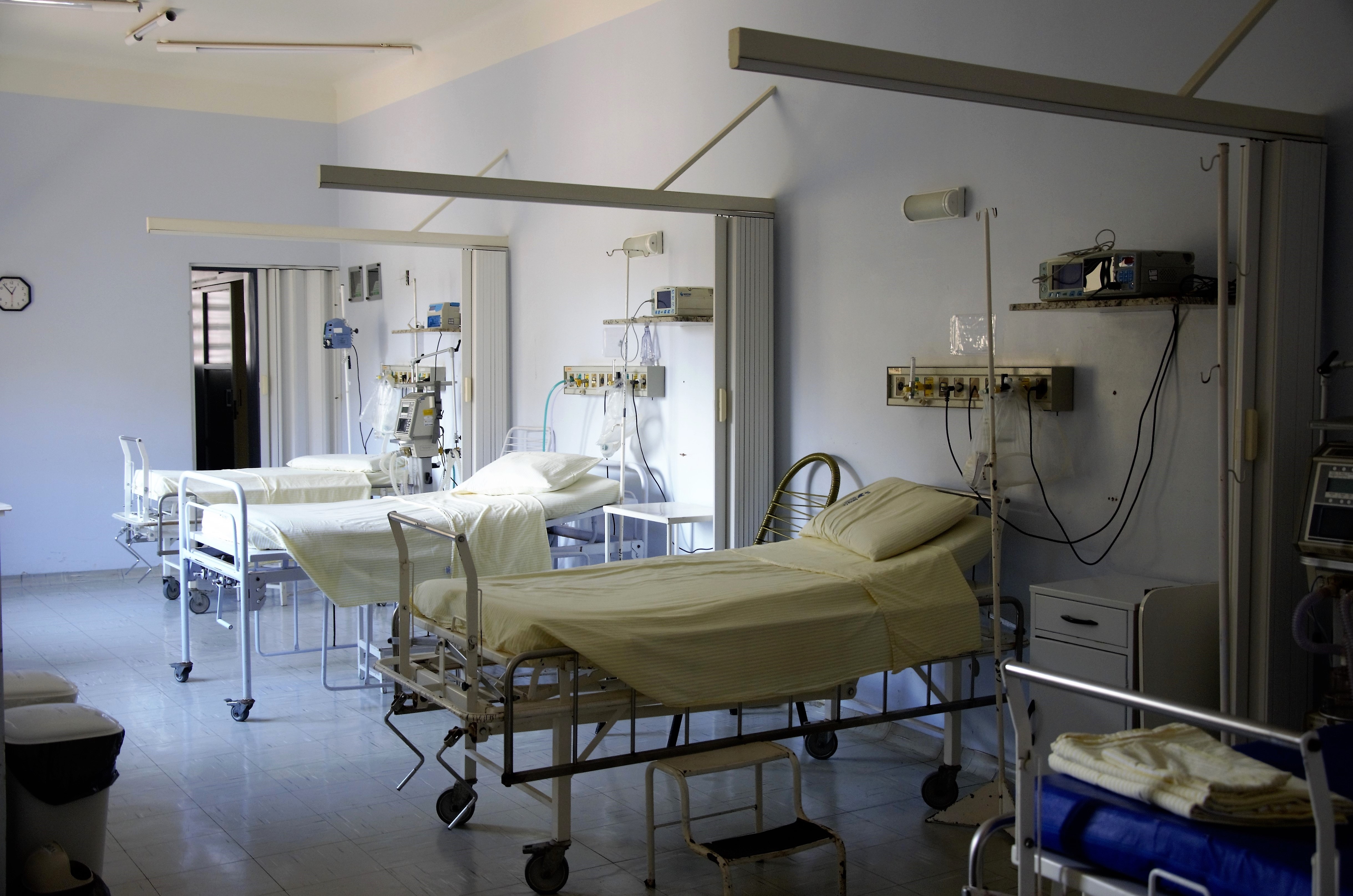Originally published in WorkCompWire
By Stephanie Percival
A traumatic injury — such as brain or spinal cord damage — creates an intense set of pressures on everyone from family, patients, insurance companies and emergency room nurse case managers. It can get very complicated very quickly, while an individual’s very future hangs in the balance.
For workers compensation carriers, who are dealing with an injured worker who is facing a lifetime of challenges and changes, choosing the right clinical care management and rehabilitation program involves more than just taking care of the patient’s injuries. It also involves financial, aftercare and psychosocial support considerations that are often overlooked.
Below are some recommendations about what carriers and their representatives should keep in mind in these cases in order to improve patient outcomes and quality of care.
Know Your Rehab Centers
Acute care hospital case managers typically don’t understand workers compensation, and their main pressure is to discharge patients as quickly as possible to post-acute care facilities. These decisions are usually made in the first two weeks, and patients and families are often not aware of their options and the lifetime implications of those decisions. In some cases, a local care facility is a reasonable choice, and in other circumstances, a catastrophic care specialist might offer optimal outcomes. Carriers should know the circumstances and educate injured workers and their families to help them make the most informed decisions for rehabilitation, both for their own recovery as well as the best-case result for the carrier.
Work With Clinical Care Managers
Once an injured worker has been transferred to specialized rehabilitation, the designated Clinical Care Manager (CCM) is an essential member of the interdisciplinary team, and is accountable for communication and problem-solving with carrier claims professionals and case managers, alignment of team expectations, coordination, and discharge planning. Carriers should ask any rehabilitation hospital being considered about their CCM department, their caseloads, their standards of practice, and the average tenure and experience of the staff. They will be the patient’s advocate once they move to the facility.
Understand the Role of Psychosocial Care
Every patient and family are unique, and it’s important that rehab programs treat both. Medical, nursing, physical, occupational and respiratory care are the most obvious and critical components, of course. However, psychosocial treatment has a large bearing on outcomes and is critical to maximum independence and productivity. Psychosocial care includes individual and family counseling, group support, education and empowerment, as well as meaningful recreational pursuits. The overall goals of psychosocial adjustment are for the individual to redefine themselves after injury, to become productive in a meaningful way for them, and to financially, emotionally, and socially adjust to their “new normal.” This process of redefinition and adjustment can take months or years, and is a continual lifetime challenge, but the foundation for successful adjustment begins in the first months.
Prioritize Communication
The standard of best practice is that CCMs send records weekly to carriers, speak by phone weekly, include carriers in formal patient conferences, and problem-solve the dozens of issues patients and families face regarding home preparation. These complex matters can require dozens of phone calls per week between the CCM and insurance case manager leading up to the discharge. It’s invaluable for carriers to have a knowledgeable “single point of contact.” CCMs should have caseloads of fewer than 12 patients to adequately do the job.
Short-Term Thinking Will Cost More Later
Workers compensation professionals and specialized rehabilitation programs know that two-thirds of a patient’s lifetime costs are associated with functional independence and the need for long-term skilled and non-skilled attendant care. That is why workers compensation carriers and specialized centers for decades have focused on long-term functional outcomes and medical stability, versus short-term length of stay considerations. Average lengths of stay in the industry have significantly decreased in the past 20 years, due primarily to commercial health care plan benefit limits, not workers compensation.
Why We Know These Approaches Work
How much attendant care a patient needs is a critical benchmark for measuring patient outcomes. In the industry, we all know that about two-thirds of a traumatic-injury patient’s lifetime cost comes from at-home attendant care. If patients can reduce their long-term care to 7 hours from 11 hours per day by aggressively focusing on functional independence, there is a tremendous cost savings involved. Over a lifetime of care, averaging a rate of $35 an hour, that can easily add up to six or seven figures’ worth of savings.
It’s clear: Patients who get the best care during acute treatment will have the best outcomes. That’s why it’s so critical for workers compensation carriers to look for these factors when selecting a rehabilitation center.
Stephanie Percival is Director of Clinical Care Management at Craig Hospital.

